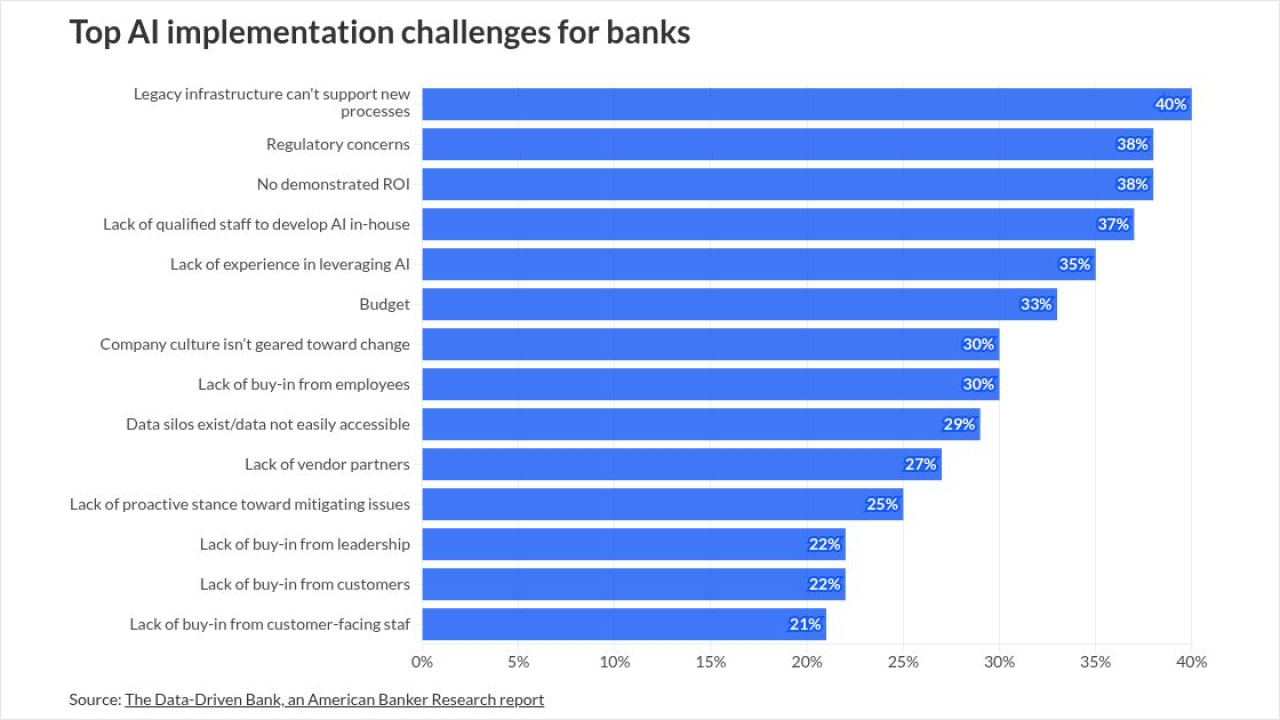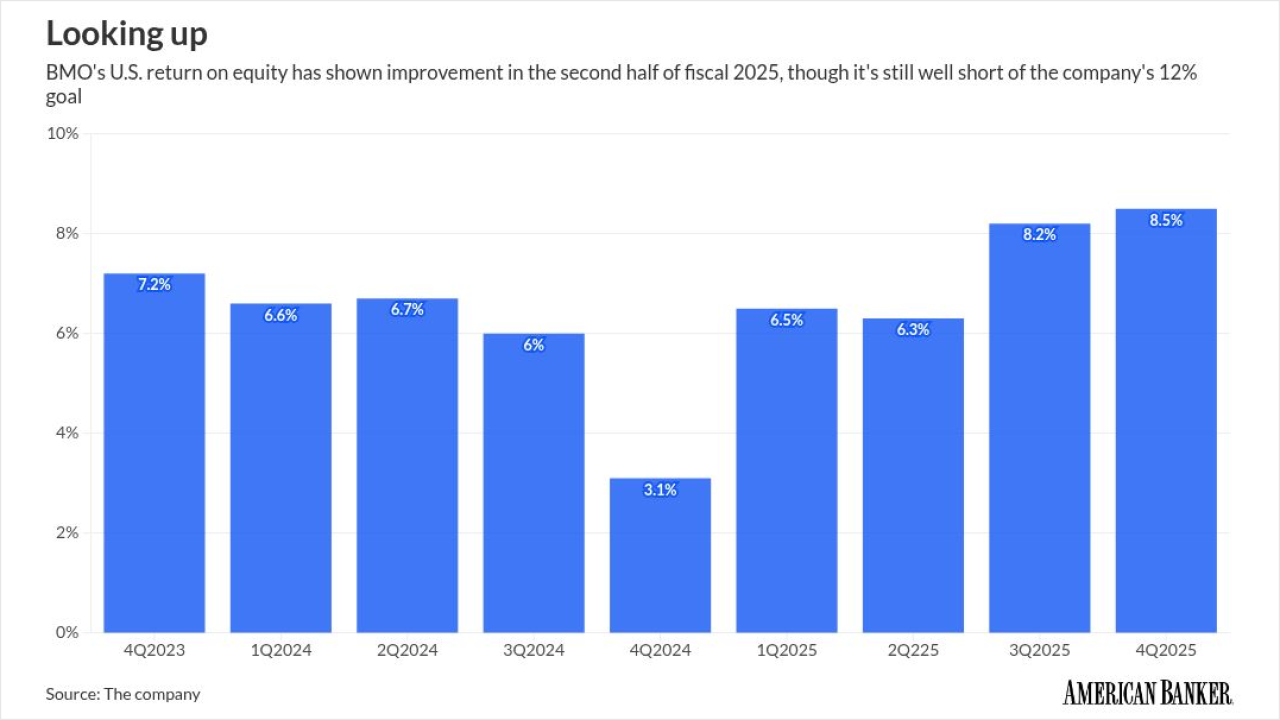When I started in this business, if the Lead Balloon Corp. had hung up the Going Out of Business sign and you needed comment on how its closure would affect its credit union, you called the Lead Balloon Employees Credit Union. An airline's employees on strike? Append the airline's name with "Employees Credit Union," and you knew who to call.
Today, with the exception of governments and school teachers, and even then there are exceptions to the exceptions, that long-established world where the name of the CU was a mirror of the membership/company it served has changed. Trying to figure out which credit union serves which membership takes some reportorial digging. Credit Union Journal chronicled it all from the single-sponsor CU to addition of SEGs to the (gasp!) local community charter to the multi-county charter to the statewide charter to the trade, industry and profession (TIP) charter to the point where, well, it isn't news anymore.
But what would the world be like right now if the Supreme Court ruling of 1998 had been left standing and Congress had never amended the Federal Credit Union Act and there were still some 20,000 credit unions, all serving narrow niches and sponsor companies? What kind of news would be filling the Journal's pages in mid-2009 as the recession drags on and companies close or lay off significant numbers of employees? What of credit unions directly tied to their fate, sometimes on-site with management on the company's (shrinking) payroll?
In short, what if the community charter had never come to be? We've seen five liquidations of federal CUs so far this year; would that number be in the hundreds? The thousands? Would the NCUSIF collapse in some sort of conflagration worthy of a Jerry Bruckheimer movie?
It's an "interesting" hypothetical, said CUNA Mutual's Chief Economist, Dave Colby, when I posed the question to him. And the answer, he said, is pretty "straightforward."
"A great many single-sponsor credit unions were forced into going community as their primary sponsor was going away," agreed Colby. "Think of military base closings, plant closings and relocations, the telecoms. In many cases, the net result would have been the liquidation of the credit union. Credit unions' leadership would have had to abandon their members with few options for access to financial services.
"Additionally, the financial services industry has become so competitive that small, single-sponsor CUs would not have had the scale of product-and-delivery scope to effectively meet the needs of their membership," he continued. "A couple of savings products and small consumer/vehicle loans would not be enough to remain relevant in members' financial lives. The expansion into multiple SEG and community charters is a natural evolution of credit union philosophy. This is evidenced by more than 90-million members."
When I suggested that an argument could be made that had community charters never been permitted the resulting, smaller CUs would have remained closer to their memberships and might actually have seen smaller delinquency ratios as the result, Colby responded, "I would have to say a large share of today's delinquencies and charge-offs are a result of credit unions being caught in the 'backwash' of other lenders' exotic and unrealistic lending strategies. The vast majority of credit union loans were of high quality and well underwritten. On their own they were quality assets. It's when some members were enticed with easy credit terms elsewhere, that they got into financial trouble and thus had a problem keeping their credit union loan current."
Overall, concluded Colby, "Without the evolution into community charters, the credit union system financial alternative would be a fraction of its size today because it would not have the ability to meet members' needs."
And workers back at Lead Balloon Employees CU (failed marketing motto, "Rates As High As A Lead Balloon!") might be lined outside the gates attempting to retrieve their savings, with TV news crews interviewing angry members and bank trade groups sending the newspaper stories and video footage to legislators and Congress as evidence of why the NCUA should be shuttered, the NCUSIF swept into the FDIC, and credit unions even more heavily regulated.
How ironic that the same banking industry that so vociferously opposed community expansions by credit unions has seen some 72 bank failures so far in 2009.
Speaking of CU closures and a little bit of disappearing history, among those CUs that have been taken over by regulators this year was the $22-million Rouge Employees Credit Union in Dearborn, Mich. Fans of manufacturing/production plants (and who isn't?) know that at in the 1920s the Ford Rouge River Complex was the largest integrated factory in the world, and included 93 buildings (16-million square feet) spread over an area 1.5 miles by one mile. By the 1930s, more than 100,000 people worked on the site, which has produced everything from boats to tractors, Model A's to Mustangs. In the days before IT and credit bureaus, it was common to form multiple, separate credit unions for different manufacturing areas, even floors, of a plant.
Clarification: In the July 13 column, I added an "l" to the name of a credit union I referenced. It should have been Aliant Credit Union (Lincoln, Neb.), which is not to be confused with Alliant Credit Union in Chicago or Alliant Credit Union in Iowa). Frank J. Diekmann can be reached at





